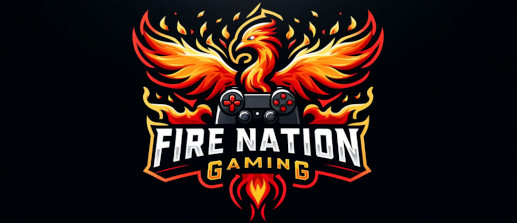Dungeons & Dragons (D&D) made its debut in 1974, emerging from a creative fusion of miniatures wargaming and freeform storytelling. Developed by Gary Gygax and Dave Arneson and initially published by TSR (Tactical Studies Rules), D&D invited players to set aside massive battlefield simulations in favor of inhabiting singular heroic characters. Instead of commanding ranks of troops, you became the elf ranger navigating dense forests, the wizard deciphering ancient runes in candlelit caverns, or the rogue quietly picking locks in musty dungeon halls. This focus on personal agency and collective narrative laid the groundwork for the modern role-playing game (RPG) genre as we know it.
The game’s first major overhaul came with Advanced Dungeons & Dragons (AD&D) in the late 1970s, followed by a refined Second Edition in 1989. These iterations introduced more robust mechanics, more classes and races, and an expanding multiverse of published campaign settings such as the Gothic-inspired Ravenloft and the desert kingdoms of Al-Qadim. Meanwhile, the game’s cultural footprint was growing—albeit not without controversy. In the 1980s, fears of occult influence prompted a “Satanic Panic,” although these moral panics subsided as people came to better understand the game’s nature: cooperative adventure grounded firmly in imagination, not malevolence.
By the time Wizards of the Coast (already renowned for Magic: The Gathering) acquired TSR and D&D in 1997, the role-playing hobby was ripe for modernization. D&D’s Third Edition (2000) and the subsequent 3.5 revision reorganized rules under the d20 System and introduced the Open Game License (OGL), enabling third-party publishers to create compatible adventures and supplements. This open, modular approach fueled a creative renaissance, giving rise to a flourishing ecosystem of independent content and fan-driven experimentation.
However, not every evolution met with universal acclaim. The Fourth Edition (2008) attempted a more tactical, board game-like approach, emphasizing balanced combat encounters and character “powers.” While it found a loyal audience, many longtime fans missed the storytelling fluidity and old-school feel. In response, Fifth Edition (2014) returned to the game’s narrative heart, streamlining rules while encouraging role-play, improvisation, and ease of entry for newcomers. This edition’s popularity soared, helped in no small part by the emergence of live-streamed tabletop sessions (most famously Critical Role), a booming ecosystem of fan podcasts, and high-profile nods in pop culture phenomena like Stranger Things and the Dungeons & Dragons film adaptation.
The vibrant community that coalesced around Fifth Edition also sparked efforts to broaden representation and inclusivity. New sourcebooks and official statements pushed D&D to evolve from its once-narrow archetypes into a more welcoming platform, fostering an environment where anyone could be a hero—regardless of background, race, gender, or orientation. Accompanying this push for inclusivity were official products like Tasha’s Cauldron of Everything and Candlekeep Mysteries, as well as more diverse creators invited to shape new realms and rules.
Today, Dungeons & Dragons is not only a nostalgic hallmark but also an active and popular hobby that continues to adapt. It’s seen multiple owner transitions (TSR to Wizards of the Coast, and later under the Hasbro umbrella), occasional disputes over licensing, and even recent debates about the OGL’s scope. Despite these challenges, D&D endures as the gold standard of tabletop role-playing
